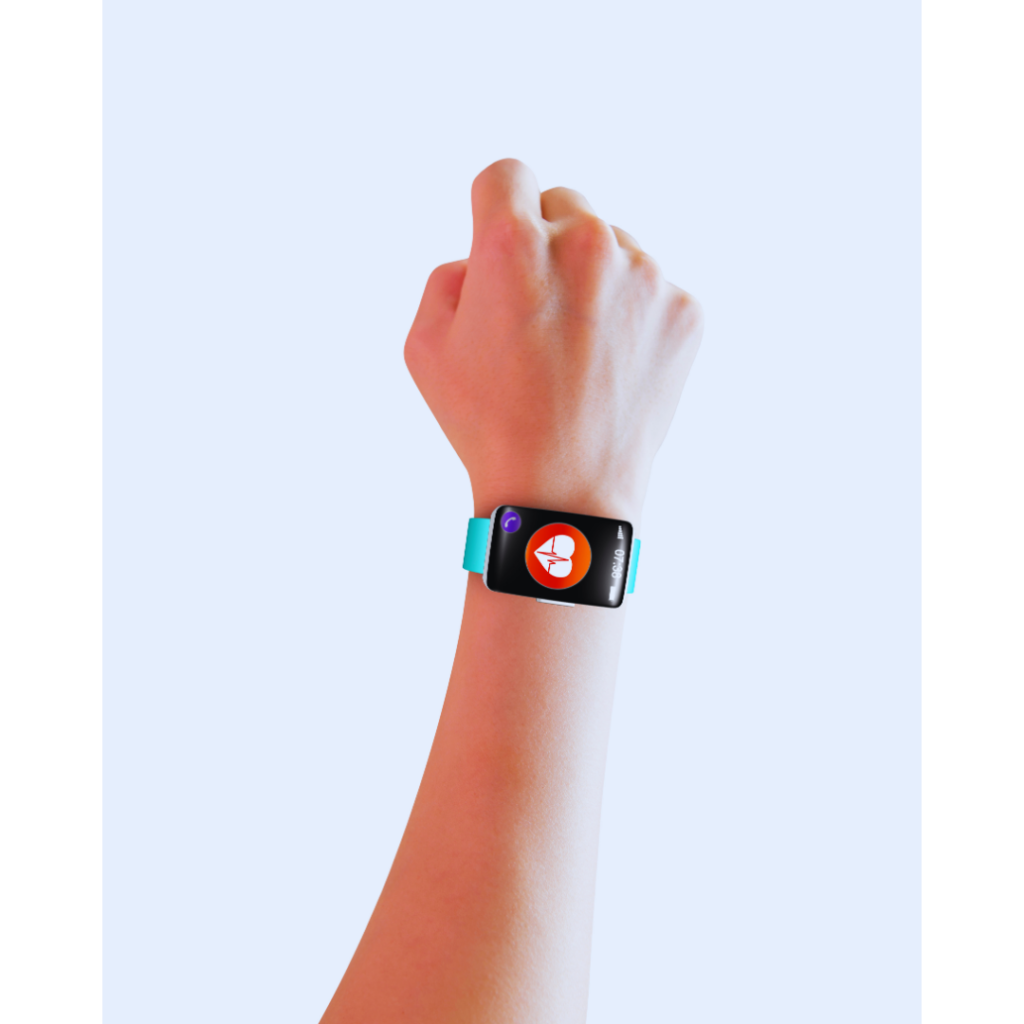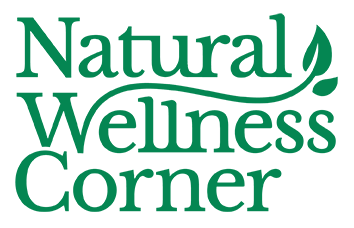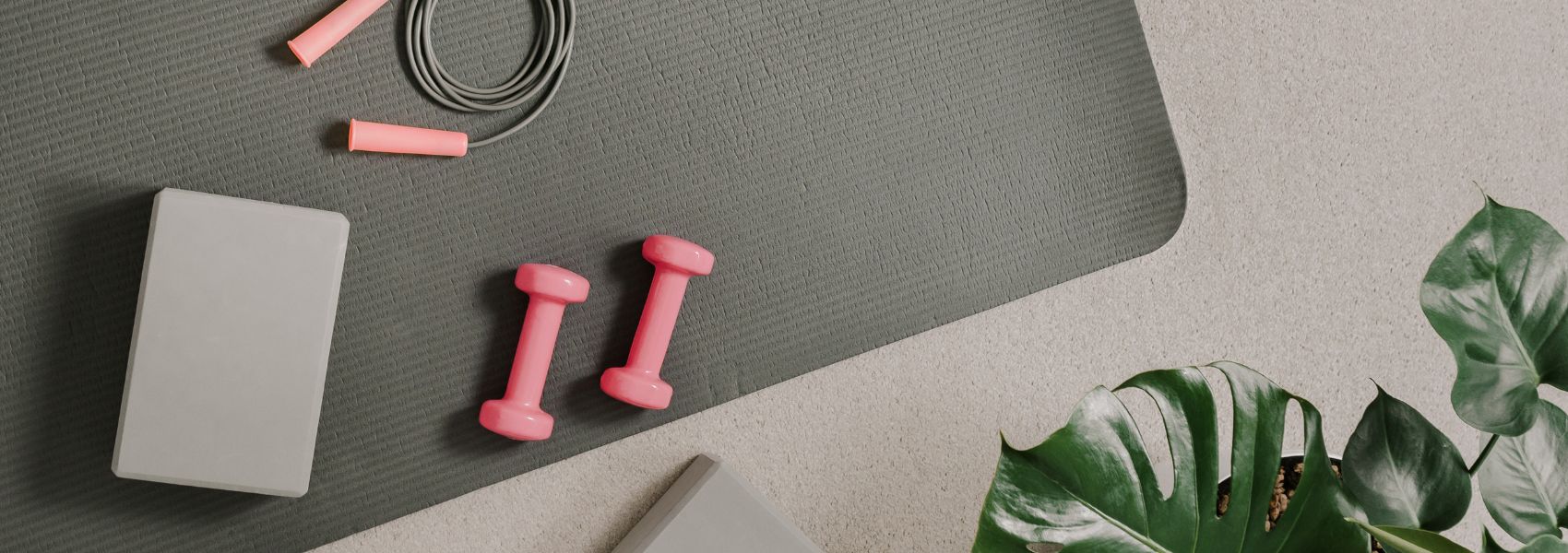So many of us head into the new year with the best intentions for setting new exercise goals. However, come February, over 43% of resolutions have been abandoned . Rather than continue to make empty promises towards healthy living, let’s discuss how to make exercise a permanent part of our 2024 plans!

What Exactly is Activity?
Defining exercise and activity will help us create realistic goals for ourselves.
Activity is anything that gets your body up and moving. Although many of us imagine lifting weights at a gym or running on a treadmill when we hear the word ‘exercise’, they are not the only ways to stay active, especially if you do not enjoy them. Instead of dreading your daily movement, brainstorm things that you would genuinely enjoy doing! We are far more likely to make time for activities that we enjoy.
Here are a few examples of activity and exercise:
-
Chores or errands: cleaning, cooking, shopping, and yard work all count towards active minutes! Keep that in mind if you feel as though you don’t have time for more structured activities.
-
Dancing: whether it’s on your own or following a class or online tutorial, dancing is a wonderful cardiovascular exercise. It is also a fun pastime, and a great way to exercise with your friends or family!
-
Walking: outside or inside, walking is a great way to stay moving without needing to purchase any equipment.
-
Biking: if it’s available to you, biking is another excellent source of exercise that can be indoors or outdoors.
Swimming: one of my favorite forms of exercise, as it is excellent on your joints! It also provides great resistance for muscle building.
Many different types of sports: tennis, pickleball, basketball, soccer, and more are all great ways to get in some active minutes while also having fun with friends and family
Outdoor activities: things like hiking, kayaking, snow shoeing, skiing, etc. These activities provide a mix of cardiovascular training and strength training, as well as provide a stress relief outlet and connection to nature!

Why is it so important?
Staying active is crucial for overall health and well being. Being consistent with exercise has a plethora of benefits, including :
-
Improving brain health
-
Help managing weight
-
Strengthening bones and muscles
-
Improving ability to perform daily functions
-
Improving sleep quality
-
Decreasing risk of cardiovascular events and strokes
-
Decreasing risk of developing colon, breast, pancreatic, and lung cancer
-
Decreasing stress and anxiety, as well as management of other mental health conditions
-
Decreasing chronic pain
-
Decreasing risk of dementia and alzheimer’s disease
-
If we can prioritize finding space in our busy lives for activity, we will see these benefits with time!
What is Recommended?
Now that we have some ideas of how to get moving and why it is so beneficial, let’s outline what is recommended.
The Physical Activity Guidelines for Americans suggests 150 minutes of moderate-intensity activity plus 2 days of muscle strengthening activity per week, or 75 minutes of vigorous-intensity activity plus 2 days of muscle strengthening activities per week .
This does not have to be done all in one session, and can be broken down into 30 minutes 5 times a week (or 15 minutes if performing vigorous-intensity). If it’s easier for you, you can even block this up into 15 minute intervals, and squeeze it in 10 times a week.
Moderate-intensity activity is classified as a heart rate that is 50-70% of maximum. This translates to a 5-6 in effort on a scale of 1-10. Examples of this include brisk walking, gardening, bicycling, dancing, and hiking.
Vigorous-intensity activity is classified as a heart rate that is 70-85% of maximum, or a 7-8.5 in effort on a scale of 1-10. Examples of this include running, cycling (spin classes), water aerobics, Zumba, martial arts, and HIIT training.
Fitbits and other fitness trackers or watches can be incredibly helpful when it comes to collecting this type of data. You may find that you hit your ‘sweet spot’ with effort during an activity you hadn’t considered before.
Muscle strengthening activity is weight bearing movement. It helps to keep your bones strong and maintain strength and muscle mass. This can include more structured exercises, such as lifting weights or using resistance bands, to less structured activities such as climbing stairs or dancing. Body weight movements like push-ups, squats, and sit-ups are also great forms of weight bearing movement that require no equipment!

Piecing it Together
One of my biggest tips as both a personal trainer and a registered dietitian is consistency and discipline. As we outlined above, it is very easy to fall off of new habits before they become a lifestyle. Here are three tips for building discipline and practicing consistency.
-
Start small: it is tempting to set ambitious goals for activity and fall into the ‘all or nothing’ mindset. If we set a goal to be active every single day, but then we miss a Monday morning, we are likely to tell ourselves to ‘try again next week’. Try starting with a smaller goal, like 2 days a week, and slowly building up! This can help us avoid frustration as well as fatigue.
-
Find gaps in your day: Even 5-10 minutes to spare could be used for a short burst of stretching or walking in place. Work on finding these gaps and slowly incorporating movement (or even just standing!) to keep yourself consistent.
-
Team up with a friend!: Accountability is incredibly helpful when adding new healthy habits. Find a walking buddy at work, or ask your spouse/partner to participate in a group activity with you!

Summing it up
Staying active is a crucial piece to overall health and wellness. The start of the year, while not a requirement to begin new healthy habits, is the most popular time to give exercise a try. Rather than falling into the ‘all or nothing’ mentality, do your best to sneak in active moments that you enjoy.
Forming a new habit can take anywhere from 2 months to a full year, so don’t give up on your goal if it hasn’t quite stuck in January alone. Instead, consider making some adjustments to your goal to make it more realistic, and use consistency to build them up. 2024 can still be your year of activity!


